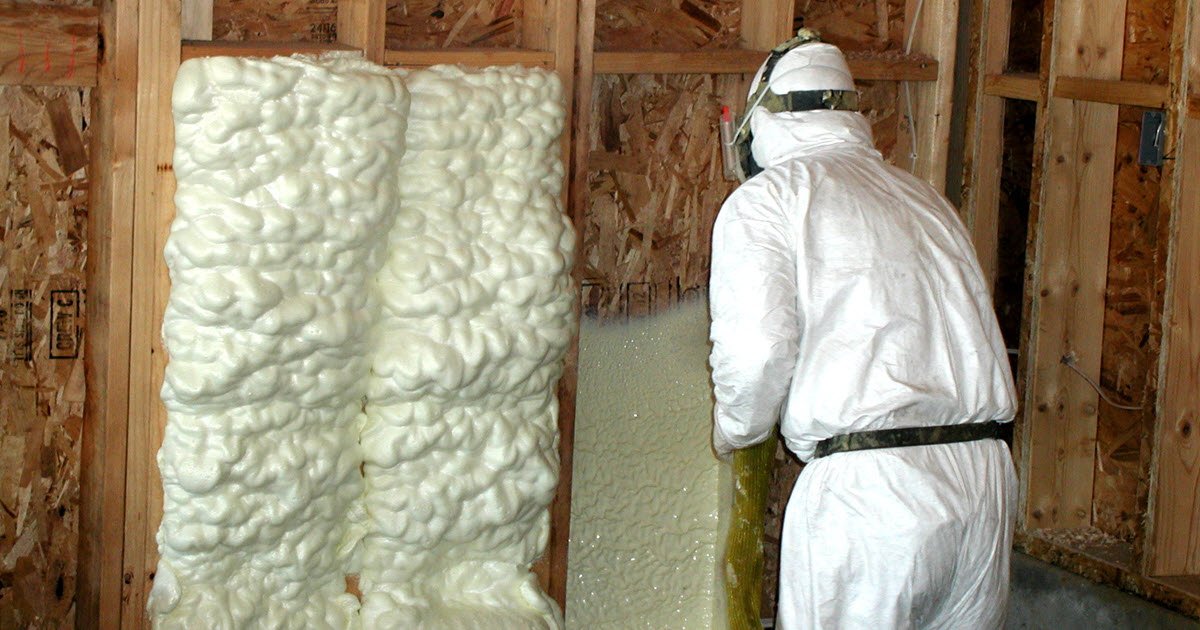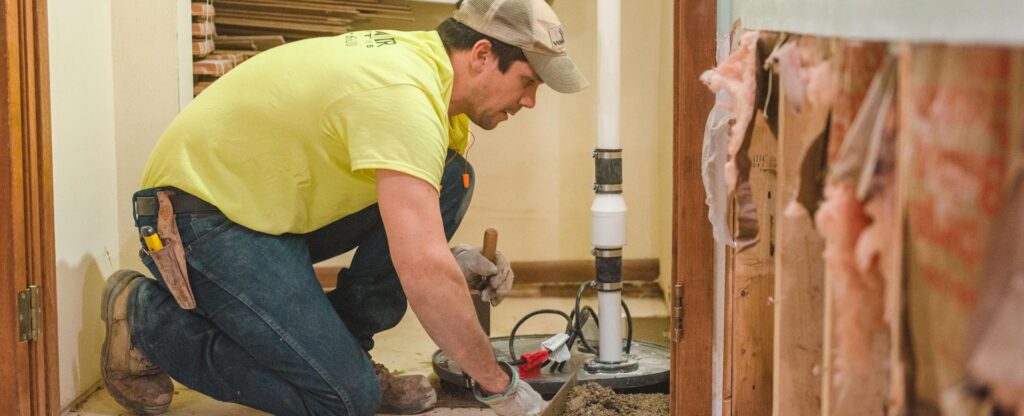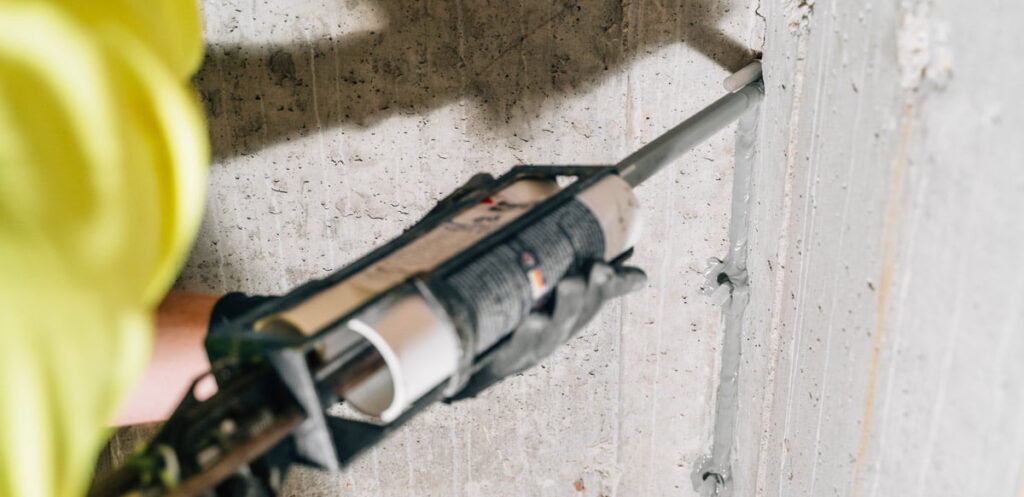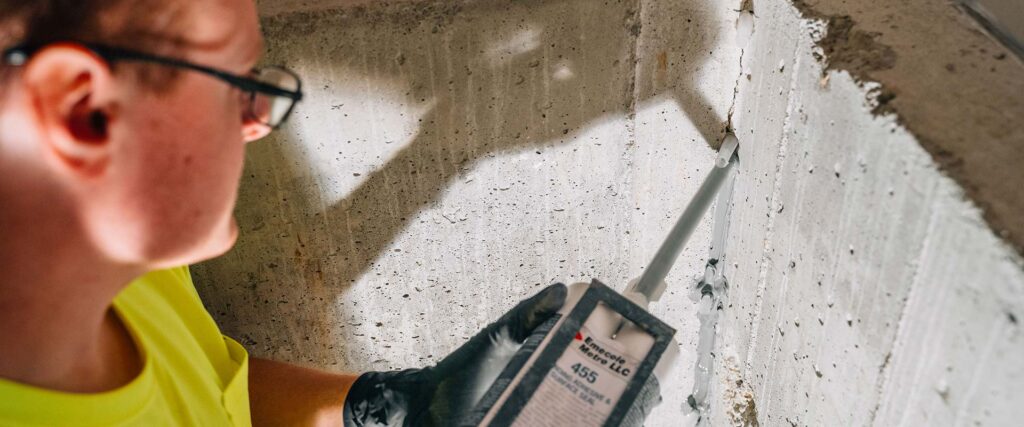
What’s the Difference Between Closed Cell and Open Cell Foam Insulation?
- October 19, 2022
- 12:07 pm
Trying to decide what type of spray foam insulation you should use for your jobs? It’s trickier than it seems – though closed cell and open cell foam both insulate conditioned spaces, they do it in different ways. In this guide we will examine open cell vs closed cell foam and help you pick the best product for your project.
What’s the Difference Between Open Cell and Closed Cell Foam Insulation?
Open and closed cell foam are two different types of spray foam insulation. They have different strengths and weaknesses, and one is not necessarily better than the other. It comes down to understanding the benefits of open cell vs closed cell foam and choosing the type that fits your needs.
Let’s start by looking at the differences between open and closed cell foams.
The Cells
A spray insulation is referred to as open cell or closed cell because of the difference between the small bubbles (cells) that make up the foam.
Open cell foam is full of cells that aren’t completely encapsulated. In other words, the cells are deliberately left open. This makes the foam a softer, more flexible material.
Closed cell foam is made up of cells that are, as the name suggests, completely closed. The cells are pressed together, so air and moisture are unable to get inside the foam. Because of this, closed cell foam is much more rigid and stable than open cell foam.
Density
Closed cell foam is much denser than open cell foam. Most open cell foam has a density of about .5 pounds per cubic foot. Closed cell foam can be over three times that, with a density of 1.75 pounds per cubic foot or more.
R-Value
A foams R-value is its resistance to heat flow or, in other words, how well they insulate.
Closed cell foam has a higher R-value than open cell foam, usually about 6.0 per inch. This higher rating makes closed cell foam better at keeping heat in or out of a structure.
Open cell foams have an R-value of around 3.5 per inch. This is significantly lower than closed cell foams, which can limit open cell insulations usefulness in extreme temperature conditions.
Expansion
This is one of the most important differences from an application standpoint. Closed cell foam is designed to expand to about 1″ of thickness when sprayed. With each inch offering an R-value of 6, multiple applications can be applied to achieve higher total R-values. Open cell foam is designed to expand to 3″ of thickness, meaning only one application is possible in most standard walls.
What Do All These Terms and Ratings Actually Mean?
At this point, you might still be trying to decipher which type of foam insulation is right for your project. Here’s a quick summary of open cell vs closed cell foam strengths and the best applications for each:
Benefits of Closed Cell Foam
Closed cell foam is the best choice for robust insulating where space is an issue, as it can achieve 2x the R-Value of open cell inside a standard 2×4 wall. Its rigid nature also adds to the structural integrity of the building and E84 fire-rated versions are available. The closed cell also acts as a vapor barrier, so water and moisture will be less likely to get inside the home, and the foam itself is unharmed by water damage.
Benefits of Open Cell Foam
One of the biggest benefits of open cell foam is that it expands so much after it has been applied, meaning it can insulate hard to reach nooks and crannies in a home. These types of areas can be hard to insulate with closed cell foam. Open cell foam is excellent for soundproofing where a single application can completely fill the area between studs.
Open cell foam is also much more affordable than closed cell foam, however, due to limited space it likely won’t insulate a house as well as closed cell foam.
So Which Insulation Should I Use?
Ultimately, it depends on where a house is located, what the insulation goals are, and of course how big the budget is. Need some more help deciding between open cell vs closed cell foam? Give us a call!
About Zander Solutions
Founded over 40 years ago, Zander Solutions, Inc. provides waterproofing solutions, concrete restoration and repair, foundation improvement, and, now, insulation and energy services throughout the Upper Midwest. Currently the company has more than 100 employees and operates of locations in Verona, WI, Waukesha, WI, and Eden Prairie, MN.








